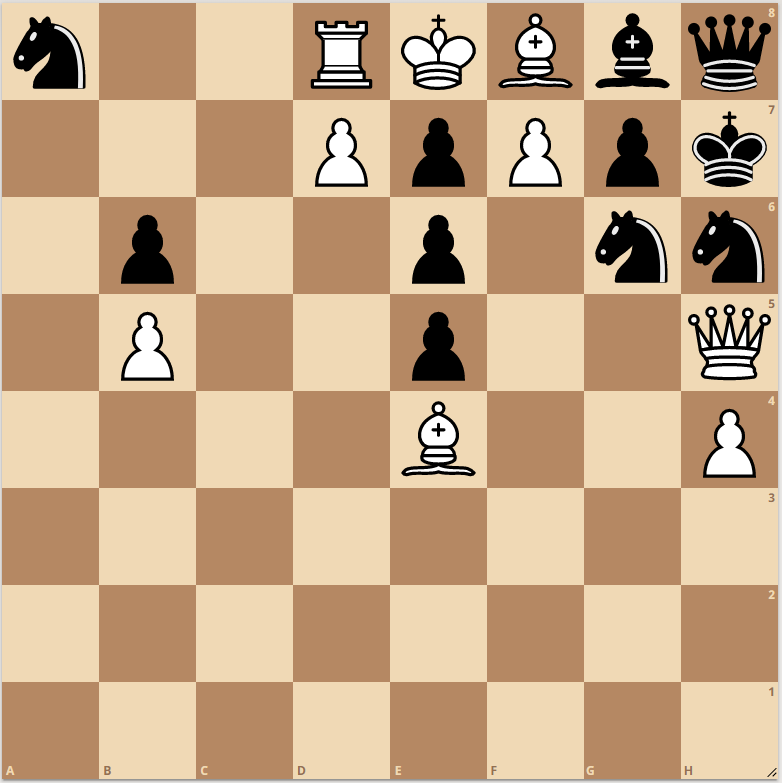Here's simple and humourous chess puzzle that I created after a few non-consecutive hours. I had to prove the concept feasible while making it as economic as possible.
White To Move, And Selfmate In One Move:
For Those Who Don't Know A Selfmate Is: Wikipedia
Many thanks to LeppyR64 for suggesting that I add that link in.
A Clarification: The board is from White's POV, so the black pawn e7 is on it's starting square, and thus it does not block the White King from moving to d8 tried in Zymurge's answer.
And remember, every piece has been meticulously placed with a reason. Every piece plays a role, no matter how small or useless it may seem.
(My phone just seems to hate picture uploading to the app. Should I contact the developers? It seems to be a problem.)
There is more to this than meets they eye. The obvious solution of 1. Bxe7 Nc7# or Bxf7# is just a sideline.
Can you solve the mystery of what the solution is?

